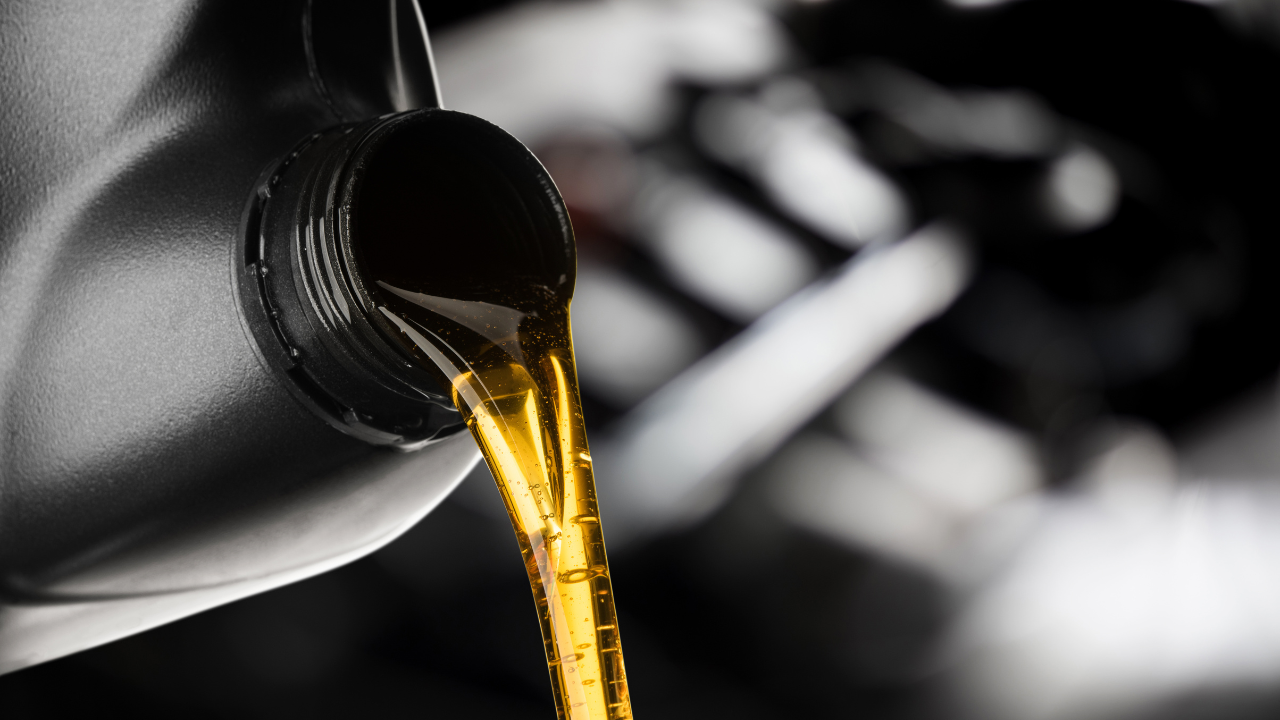Optimize Your System's Life-span With the Right Heat Transfer Fluid
Picking the suitable warm transfer fluid is critical for optimizing system efficiency and durability. Comprehending the numerous types of heat transfer liquids and the particular requirements of your application can substantially affect the general health of your system.
Importance of Heat Transfer Fluids

In addition, heat transfer fluids add to the safety and reliability of thermal systems. Additionally, the right heat transfer fluid can supply protection against deterioration and scaling, further prolonging the life-span of equipment and framework.
Kinds of Heat Transfer Fluids
Various kinds of warmth transfer liquids are generally utilized in industrial applications, each tailored to details operational needs and temperature arrays. The most widespread groups consist of water, oils, and specialized artificial liquids.
Water is frequently used because of its superb thermal conductivity and availability; nonetheless, its constraints arise at high temperature levels and possible cold conditions. For higher temperature level applications, thermal oils, such as mineral oils or natural compounds, are made use of. These oils provide superior thermal stability and can run efficiently at raised temperatures, making them suitable for processes like food processing and petrochemical manufacturing.
Artificial liquids, which can be either organic or not natural, are developed to satisfy particular performance requirements. They frequently display boosted homes such as low toxicity, wide temperature ranges, and resistance to oxidation. Examples include esters and glycols, which are suitable for specialized applications like solar thermal systems and heat exchangers.
In addition, refrigerants are made use of in cooling down systems, leveraging their stage adjustment properties to take in and launch warm successfully. Each type of heat transfer liquid offers unique advantages and is chosen based on the details needs of the application, making sure ideal efficiency and system longevity.
Aspects to Think About When Picking
Selecting the proper warm transfer fluid entails cautious consideration of numerous factors to ensure optimum performance and system effectiveness. One of the main aspects is the temperature array required for the system. Liquids vary in their thermal stability and can decompose or lose efficiency outside particular temperature level restrictions.
An additional essential factor to consider is the fluid's viscosity, as it affects pump performance and energy usage. A fluid that is also viscous may impede circulation and rise operational prices. In addition, the liquid's certain heat ability plays a crucial function in figuring out exactly how efficiently it can transfer warm.
Chemical compatibility with system products is likewise crucial to stop rust, deterioration, or leaks - thermal oil. Guaranteeing that the picked fluid is suitable with the building and construction materials can extend the life-span of the system

Benefits of Correct Fluid Choice
Proper option of a warmth transfer fluid returns substantial benefits for system efficiency and dependability. The appropriate liquid boosts thermal conductivity, making certain optimal warm transfer prices within the system. This efficiency reduces power usage, causing reduced operational costs and a minimized environmental impact.
Additionally, proper liquid option adds to system look at these guys longevity by stopping deterioration and destruction of components. Fluids created with deterioration preventions protect metal surfaces, consequently extending the lifespan of pumps, pipelines, and heat exchangers. Furthermore, picking a fluid with suitable viscosity ensures reliable blood circulation, which is vital for preserving constant temperature circulation throughout the system.
An additional vital benefit is the fluid's thermal stability. A secure heat transfer fluid can operate over a vast temperature level array without breaking down or losing performance, which is vital for systems revealed to rising and fall thermal conditions. Moreover, the right fluid can additionally alleviate dangers associated to freezing or boiling, consequently stopping operational interruptions.
Upkeep Tips for Longevity
Ensuring the durability of a heat transfer system requires attentive maintenance techniques that match the benefits of proper liquid choice. Routine assessments are important to recognize prospective leakages, corrosion, or sediment accumulation that could endanger system efficiency. Develop a routine schedule to assess pipeline stability, connections, and installations, as these areas are often at risk to deterioration.

Checking fluid levels and high quality is equally crucial. On a regular basis look for signs of contamination, such as staining or particulate matter, which can indicate deterioration of the warmth transfer fluid. Applying regular fluid analysis can give insights into its chemical residential properties, permitting for timely replacements when essential.
In addition, keeping optimum operating temperature levels is essential. Encourage making use of temperature controls and sensing units check to stay clear of overheating, which can accelerate fluid destruction and damages system components.
Finally, constantly abide by the producer's guidelines relating to liquid substitute intervals and upkeep procedures. By committing to these best methods, you can significantly improve the functional life-span of your warm transfer system, making sure reliable performance and minimizing the need for expensive fixings or premature substitutes.
Conclusion
To conclude, the selection of a proper warm transfer fluid is critical for enhancing system performance and longevity. By comprehending the numerous kinds of fluids and considering vital factors such as thermal conductivity and deterioration resistance, optimum efficiency can be achieved. In addition, normal maintenance and evaluations play a vital role in maintaining operating conditions. Focusing on these aspects makes certain the prolonged life-span of crucial elements, ultimately click here to find out more adding to an extra trustworthy and efficient system.
Warmth transfer fluids play a vital role in various industrial and business applications by assisting in the reliable transfer of warm between surface areas.Moreover, warmth transfer fluids contribute to the safety and security and integrity of thermal systems. Additionally, the liquid's specific heat ability plays an essential function in figuring out exactly how properly it can move warmth.
The appropriate liquid boosts thermal conductivity, making sure ideal warmth transfer rates within the system. A steady warmth transfer liquid can operate over a vast temperature level range without breaking down or losing effectiveness, which is vital for systems exposed to fluctuating thermal problems.